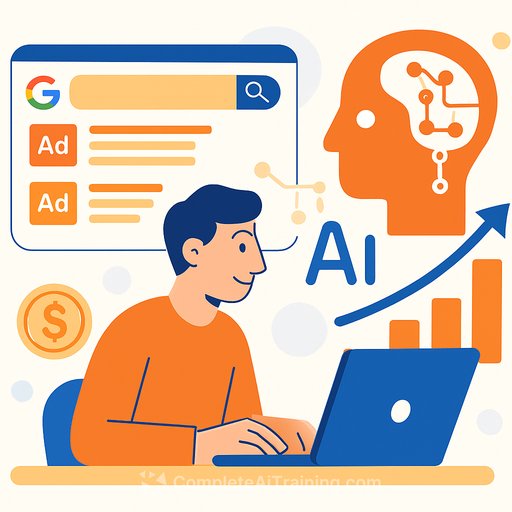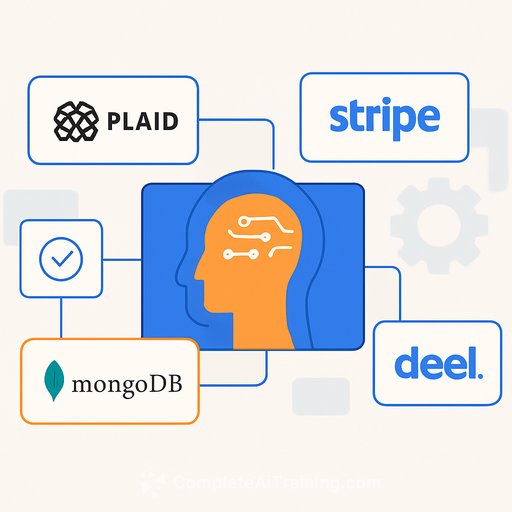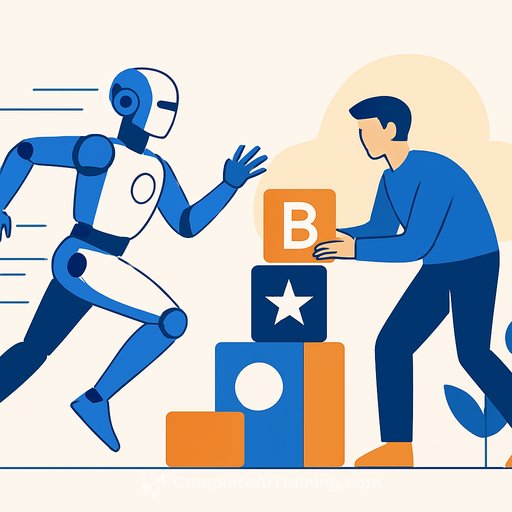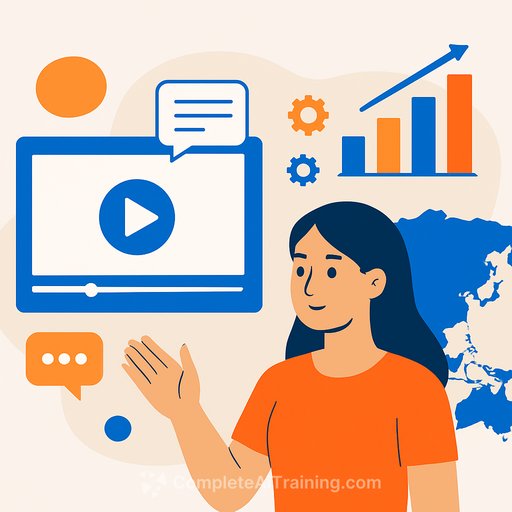What Google’s AI Mode Means for Your B2B Paid Search Strategy
The old playbook is fading fast
For years, B2B Google Ads campaigns leaned heavily on laser-focused keyword targeting, strict match types, and granular control. That approach worked once. But with AI on the rise, it’s outdated. Now, advertisers need to shift focus from micromanaging keywords to managing where and how they capture audience attention — especially in places competitors overlook.
Smarter budgeting without spending more
Budget cuts and rising cost-per-click may tempt you to slash spending, but the smarter move is reallocation. Stop relying mainly on keywords for targeting. Instead, put your budget where your audience is active and competitors are absent. Video ads, for example, offer cost-efficient exposure in AI-enhanced campaigns.
B2B clients incorporating video assets report better performance. Many start small—allocating 5-10% of spend to video—and increase as results come in. One client’s video-forward product group spent less than search-only groups but delivered healthier performance and higher-quality leads. This confirms that a keyword-only strategy won’t hold up going forward.
Think of your budget like a portfolio: balance safe bets like search with growth plays such as video, social, and display. They work together to keep you competitive.
Still, many B2B advertisers stick to keyword and search-only strategies. That’s a warning sign that staying relevant will become tougher as the digital landscape changes.
Stream, scroll, search, shop: Are you covering all four?
The 4S framework from Boston Consulting Group breaks digital behavior into Streaming, Scrolling, Searching, and Shopping. Most B2B marketers focus only on Searching and Shopping — targeting users actively looking for solutions or filling forms. Those moments matter, but ignoring Streaming and Scrolling means missing where trust and brand awareness start.
Adopting a two-budget approach—one for awareness, one for performance—is more valuable than ever. AI-powered campaigns make it easier to build presence across multiple touchpoints. Instead of focusing solely on conversions, think about how your brand appears across all four S’s.
It’s time to rethink keywords
Many advertisers still treat Google Ads like it’s 2015: managing long lists of exact and phrase match keywords, obsessing over every query variation. This approach bloats accounts, wastes time, and weakens performance.
Exact and phrase match don't offer the control many expect. They often require massive keyword lists to gain impressions, yet still leave gaps. Broad match, used properly, opens access to relevant searches you might miss. It leverages signals like landing page relevance and user history to match your ads better.
Google explains that broad match works best when your site has strong, relevant content. So instead of micromanaging keywords, focus on helpful landing pages and quality assets. This sets your ads up for better success.
Where to start: Clean up and level up
- Adopt an audience-first strategy: Use customer lists, custom segments, CRM imports, and retargeting to fuel growth.
- Audit your landing pages: Make sure they clearly show what you do and who you serve. Generic pages hurt results.
- Check your creative: Align assets with goals. Consider adding video formats to reach users in streaming and scrolling phases.
- Review account settings: Spot hidden automation features that might be quietly draining performance.
- Streamline keywords: Cut back on quantity. Focus on high-quality terms that fit your content and goals. Let Google’s AI do the heavy lifting.
- Test AI Max campaigns: Confirm if your accounts are testing AI Max. This campaign type is your gateway to AI Overview Ads coming soon.
- Build presence in stream and scroll: Expand reach on platforms like LinkedIn, Meta, X, and video placements on YouTube and Shorts. Paid social can boost organic efforts and break through tougher competition.
By the time prospects search for your brand and fill out forms, they’ve often seen your videos or boosted posts. If your team posts organically on social, consider amplifying that content with paid ads. Testing LinkedIn Ads is especially valuable now as organic reach declines.
We’re entering a new era with AI Mode
AI Mode isn’t about losing control in Google Ads—it’s about smarter strategy. B2B advertisers who simplify accounts, embrace broad match and AI Max, and invest in strong content and creative will thrive. Shift your mindset from keyword obsession to audience engagement and build presence across streaming, scrolling, searching, and shopping to stay ahead.
For marketers ready to strengthen their AI and paid search skills, exploring targeted AI courses can provide practical insights and tactics. Visit Complete AI Training to find resources tailored for marketing professionals.
Your membership also unlocks:






